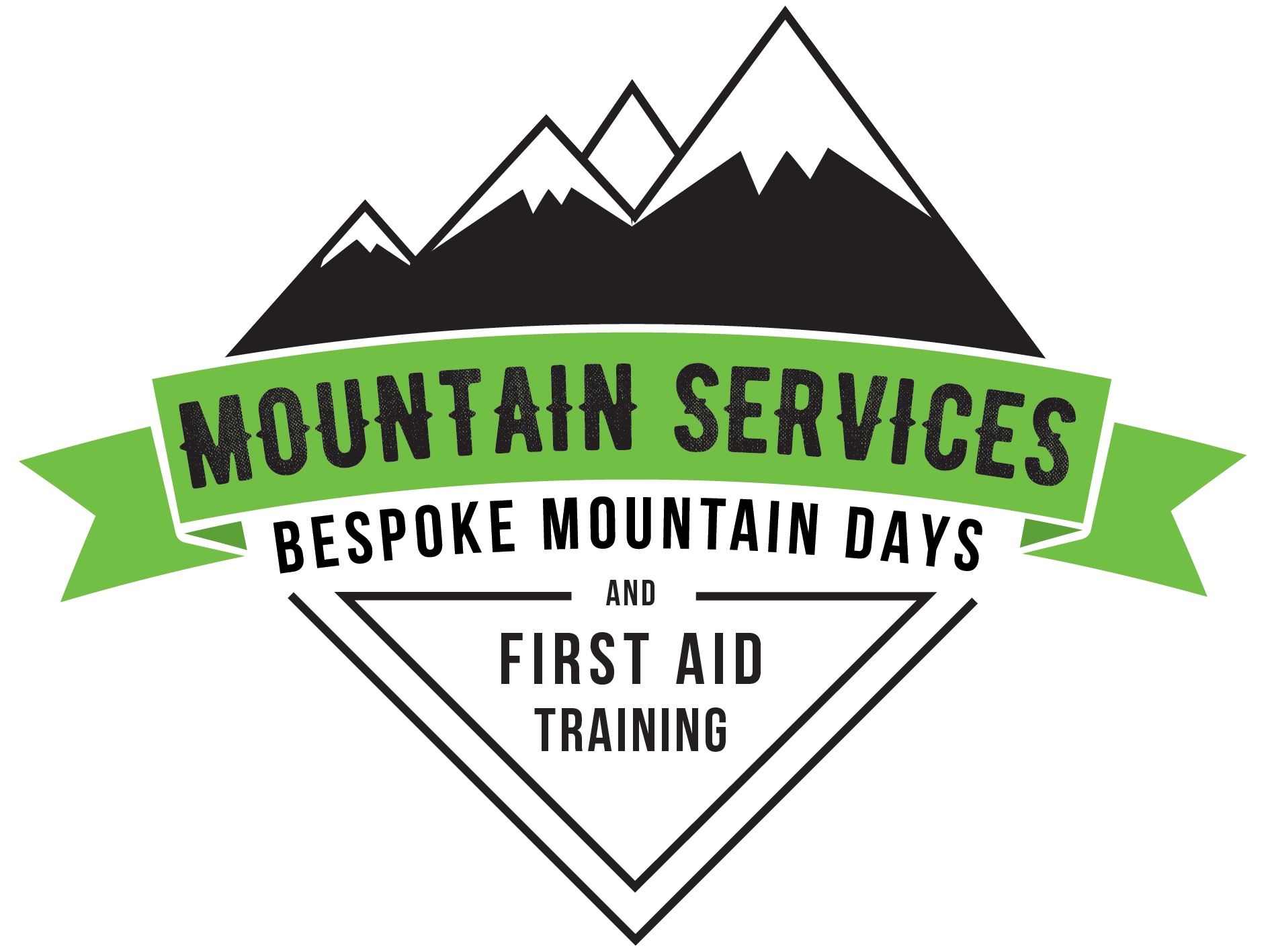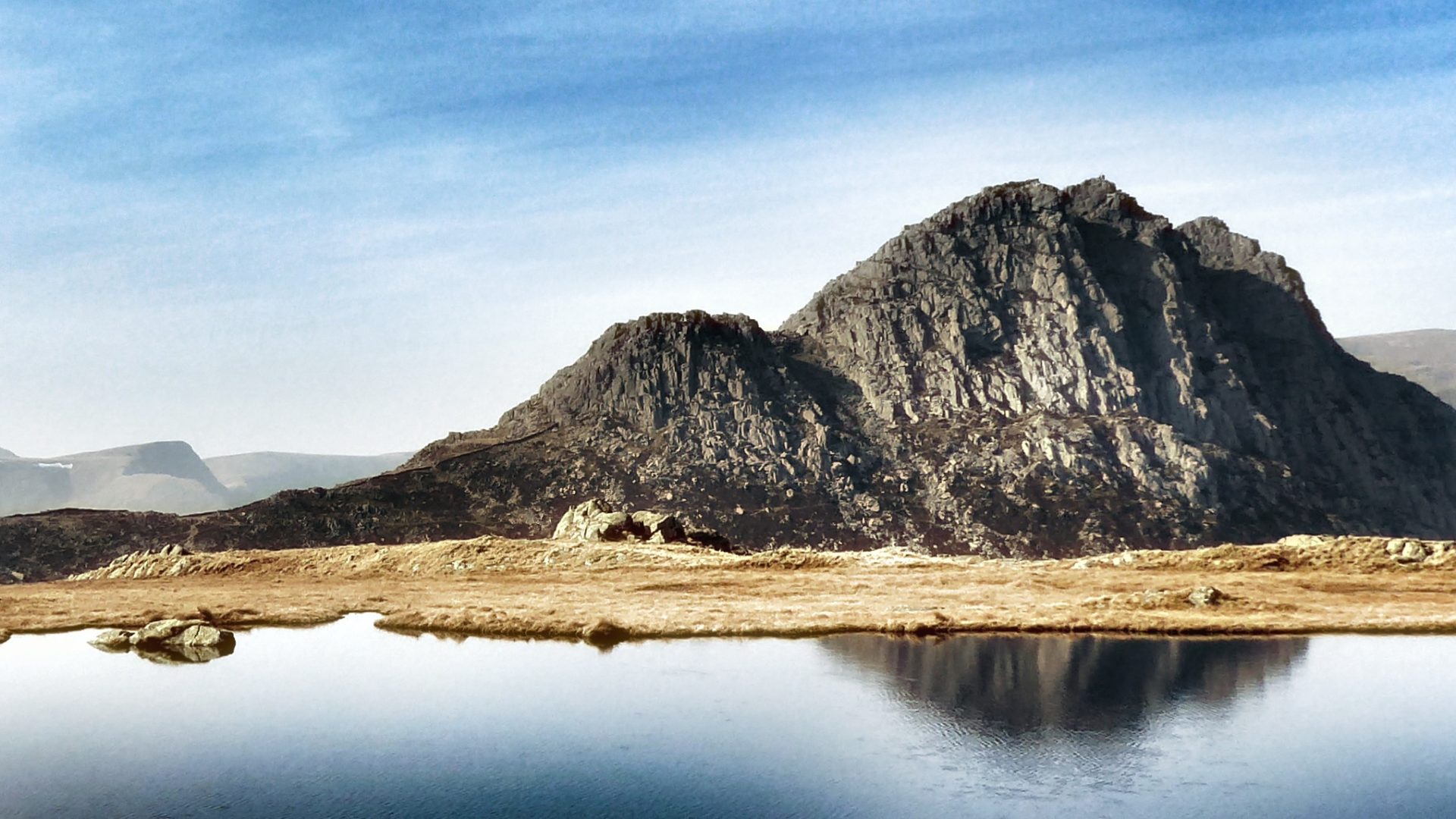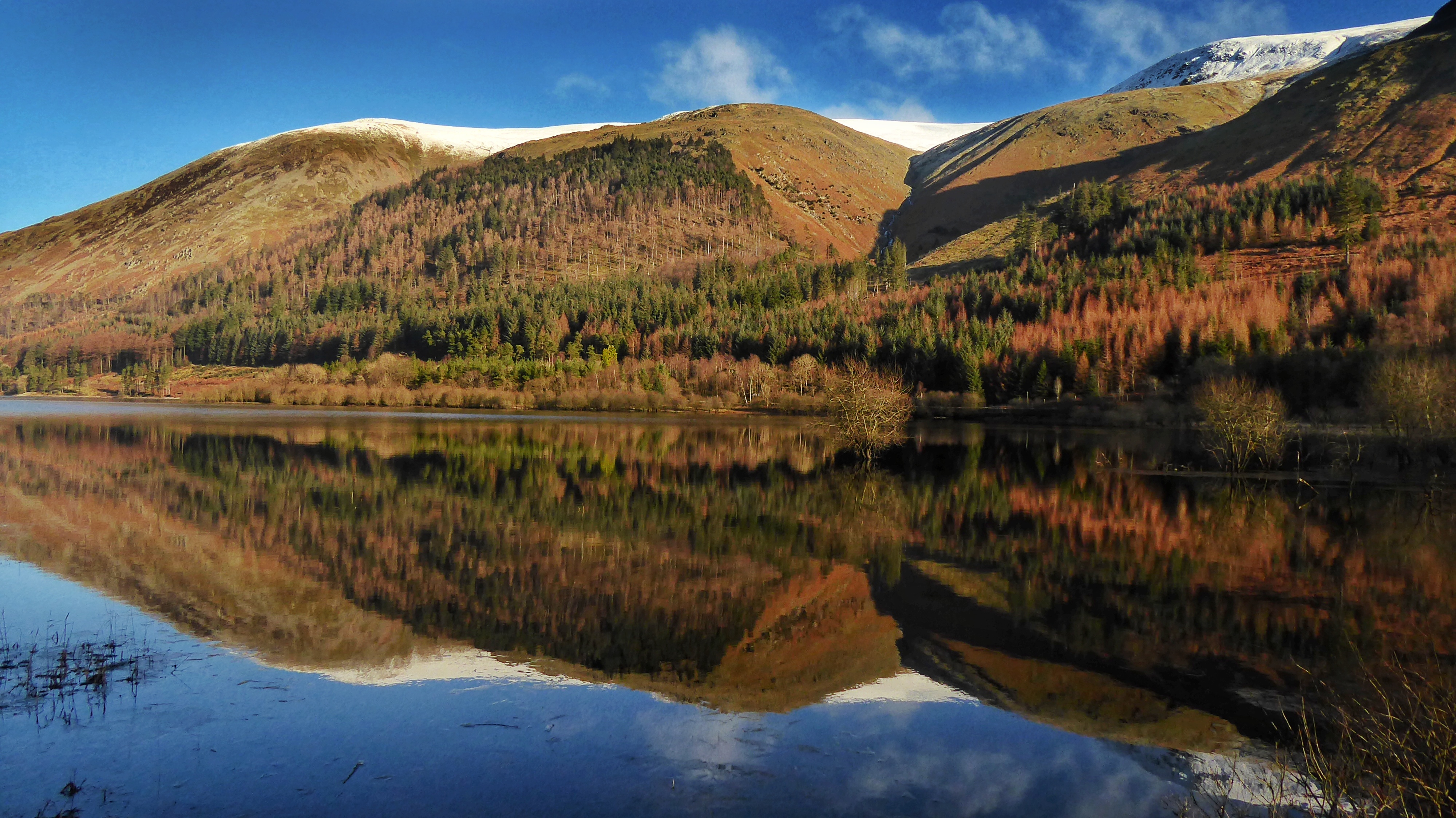Any mountaineer knows that making emotional decisions can be fatal.
Any human being knows that some decisions can only be made with the heart.
Currently there is a planning application submitted to the Lake District National Park Authority to build an ‘Activity Hub’ at Thirlmere. If you’re not sure where that is – find a map of the National Park and stick a pin into its very heart – it’s about there…
I had thought I might be able to refrain from writing about it – but then I read an article in the Guardian quoting Mike Turner the Managing Director of the applicant (Tree Top Treks) and I knew that there were things I needed to say.
I’m passionate about the need to get people, especially the young and those with less opportunity, to engage with nature. I want people to walk and wonder in our wilder places, to find out about the natural world they live in, to find out more about themselves. Building a connection with the natural world, whether you walk, paddle, ride, climb or simply sit and stare is something that offers a real benefit to our physical, mental and emotional wellbeing. It’s also something that is less and less common with each passing generation. Anything that can truly enable opportunities for that connection to be made is to be encouraged. So why does this so called Activity Hub, seen by some as key to promoting the county as the UK’s “Adventure Capital” concern me so much? Why do I feel it’s just wrong?
To think about this before I put my fingers on a keyboard I knew I needed to go and connect, to centre myself, to take stock of my thoughts. As ever I headed to the hills, or at least as far as I currently can. I went and sat awhiles on a log on the western shore of Thirlmere. Wild woodland to my back, blue water at my feet and the Helvellyn range snowcapped in front of me. On a spectacular day everything was crystal clear.
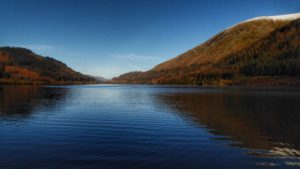
Many of you reading this will know that 2017 has been a dark year for me – a difficult operation has left me with a long recovery ahead, my journey back to the mountains is proving to be the most difficult path I’ve ever traveled. Each step taken has been hard won, each fall hard felt. But, and there’s always a but if you look – each step has been wonderfully precious. And why you might ask is this relevant? Well forced to move far more slowly, to travel from one resting place to another, to make the most of the little I can do – I’ve come to appreciate many things that I think might all too often be ignored. I’ve traveled that metaphorical mile in another persons shoes. To realise that for many this is as much they might ever be able to do, to realise that every journey has merit and that all goals are worth achieving has made me relearn the value of much I’ve taken for granted. I’ve been to places found, favoured and forgotten and the possibility of loss has made me appreciate the special places oh so much more.
And then I read that article. In it Mr Turner (and you’re going to get the stick Mr Turner simply because its so much easier to write than “the board, backers and cronies of Tree Top Treks”) says that “This is not about instinct or emotion. We need to look at it objectively.”
And in my heart I instinctively knew that was wrong.
Thirlmere is such a place. Described in 1788 by Willaim Gilpin as “savage and desolate” nearly a quarter of a millenia later it is still a wild place of astounding beauty – but it is also one of relatively easy access. Parking at any of the little car parks on the western shore (& Mr Turner – on a cold crisp January day they were all full) one can be at the lake in mere minutes. This is a place where its easy to lose the crowds – to wander but a short way and to feel lost in nature. Mr Turner relies heavily in his proposal on the proposition that this is a man made environment – an argument so facile that it demands response. The Lake District is a man made environment. I’m prepared to wager I know it far far more intimately than Mr Turner or his team of consultants – and I’d struggle to know where I could stand and look and not see the subtle shaping hand of man. The signs of our human ingress into these vales, the farming, the building, the living of lives. All these things can be seen and appreciated across the whole National Park, but here at Thirlmere they are far less visible than many other places. Thirlmere remains a wild and special place.
So lets address Mr Turner’s points;
Objectively Thirlmere is indeed a reservoir. Not as oft said two lakes, but one large lake with a shallow ford. Damming it was widely supported in 1860 when first proposed – to the North Keswick often flooded, to the South Kendal hoped to prosper, the people of Manchester had had two years of water-famine and disease. This valley was altered immeasurably for the good of many. Man has built for necessity or need, often we may well think we’re improving something, managing our little bit – but to alter something valued by the many for the greed of the few…
hmmmm – already I’m veering toward instinctive and emotional – I’ll try and keep that in check….
There’s a road here and managed woodlands, there’s even car parks a plenty, objectively the infrastructure appears to be in place. But again I can’t help but be a little emotional when I recall that this was the first place in Cumbria that I ever saw a red squirrel – the managem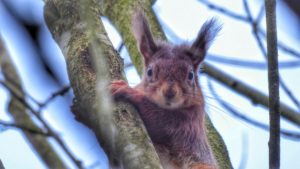 ent of those woods, and the wild nature of the surrounding valley probably in equal part responsible for their survival. This was where I brought my god-children to see the red squirrels, to look for wild deer and owls. On the A590 was also the first place I saw a dead red squirrel, traffic being one of their biggest threats. But there’s more, you see, unlike Mr Turner I live and work here – I travel this arterial road often – and it’s stressed and strained. A busy weekend in the central Lake District will already grind this road to a halt. Objectively I don’t really think it could cope with another 127,000 visitors a year. Instinctively I think its dishonest for a proposal to just list a “best case scenario” for the Traffic Impact Statement. I’d like to know that somebody did more than look at a map and see a convenient road.
ent of those woods, and the wild nature of the surrounding valley probably in equal part responsible for their survival. This was where I brought my god-children to see the red squirrels, to look for wild deer and owls. On the A590 was also the first place I saw a dead red squirrel, traffic being one of their biggest threats. But there’s more, you see, unlike Mr Turner I live and work here – I travel this arterial road often – and it’s stressed and strained. A busy weekend in the central Lake District will already grind this road to a halt. Objectively I don’t really think it could cope with another 127,000 visitors a year. Instinctively I think its dishonest for a proposal to just list a “best case scenario” for the Traffic Impact Statement. I’d like to know that somebody did more than look at a map and see a convenient road.
In the article Mr Turner states that “we do challenge the assertion that [the zip wire] would have a visual impact”. I had an instinctive reaction to that, but it’s not really fit for print. You see his proposal is for 2 lines – but 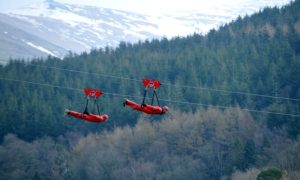 if you read it closely each ‘line’ will have four wires – so there’d be 8 people at a time whizzing across the lake. Now this is before we considered the access, the platforms, the inevitable cafe…
if you read it closely each ‘line’ will have four wires – so there’d be 8 people at a time whizzing across the lake. Now this is before we considered the access, the platforms, the inevitable cafe…
Today I sat on a log by Deergarth How Island (just where the lines would be placed) and watched mallards courting in the middle of the lake, saw herons stalking on the far bank, heard the chatter of a wren hunting on a moss covered wall.
My eyesight may not the best but I think I’d notice 8 people above my head in bright red jumpsuits and hear the shrill swish of pulleys on steel cables.
(Almay stock photo, zip wire Wales)
Much has been said in the meetings where this has been presented as a great benefit to the area that the proposal will also add a cycle track around Thirlmere – objectively that sounds great. But instinctively it feels dishonest. You see Mike (we’ve been at this a while and I feel we could be on first name terms now) I’ve walked around Thirlmere many many a time. There’s a path the whole way. Currently you could cycle the western shore on the quietest road I know and return on the eastern side along excellent forestry trails – really very little would be needed to make that viable. I’d also suspect you’s struggle to charge for a cycle way, though you probably could hire cycles and need another building. So really this is about the zipwire and it’s inevitable cafe culture approach to engagement. Now I don’t want to sound cynical – because the 50,000 people you quote as coming to ride the wires each year could indeed be beneficial. Currently you charge £32 per ticket at Windermere, but this is bigger & better….at Windermere a climb and zip lasts 30minutes – so is there a plan to engage people for longer? You see Mike these might seem pointed questions, but your own Access & Design Statement runs to 10 pages and yet has one line on possibly linking up with local campsites and hotels. That seems a lot of money for your business – but not much benefit to the wider community?
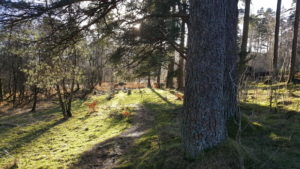 What I have noticed though is that since you made this proposal the path has fallen into disrepair. Now I don’t think it should be the responsibility of you an independent commercial entity to maintain the path, but I do think it should be made to be a priority of the land owner. Utility comes in many different guises. It’s probably not objective of me to think that they might not want to encourage visitors to an area they hope to develop? Because this area could be used to engage people more. It’s perfect for nature trails, informative pathways & guided walks. It’s steeped in rich history. It shows the best of the endeavour of man right next to the spleandour of nature. The very formation of our landscape is written here on the valley walls if people are shown – it doesn’t take a zip wire to see any of these wonders.
What I have noticed though is that since you made this proposal the path has fallen into disrepair. Now I don’t think it should be the responsibility of you an independent commercial entity to maintain the path, but I do think it should be made to be a priority of the land owner. Utility comes in many different guises. It’s probably not objective of me to think that they might not want to encourage visitors to an area they hope to develop? Because this area could be used to engage people more. It’s perfect for nature trails, informative pathways & guided walks. It’s steeped in rich history. It shows the best of the endeavour of man right next to the spleandour of nature. The very formation of our landscape is written here on the valley walls if people are shown – it doesn’t take a zip wire to see any of these wonders.
I think I should make clear that I’m not against thrill activities – many are promoted on this site – but I am against this sort of lazy commercialism masquerading as adventure and claiming to give back. For most this would be a one time visit, a simple tick on a list, gone in sixty seconds. Attached to man-made structures, travelling too fast to appreciate either setting or senses. I don’t know how this meets any of the aims of a National Park (just to remind you Mike: Conserve and enhance the natural beauty, wildlife and cultural heritage. Promote opportunities for the understanding and enjoyment of the special qualities of national parks by the public) nor how it benefits the local economy in any real terms. “Equivalent full time jobs” is fantastical marketing speak for lots of low paid part time seasonal jobs. There are many many places that a scheme like this could, should and would both be welcome and successful – Thirlmere is not one of them.
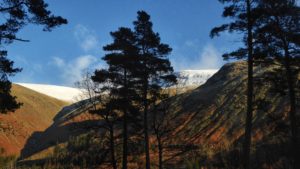
You see Mike I can’t be objective about this because it matters to me – I’m emotionally invested and I instinctively know its wrong.
A place like this is oh so special because it can do that to a person. I know there may come a time for me, or those I love, where we can’t go far from the road. I know that there are many people for whom that’s already true. To have access to a place where I can step off a bus, hobble a short way and be immersed in nature is simply priceless. To have somewhere that I can bring little ones and introduce them to the wonders of our natural world, where each step takes us further away from the bustle of our hi-tech world and lets us rustle though leaves in wonder is something we need to value. I can’t tell you how to put that on a balance sheet, but I can tell you that it feeds your soul.
If you have read this far and want to know how to record your objection to this scheme then details can be found HERE
*My friend and another local guide, Kingsley Jones has written wonderfully on what Adventure really means HERE.
